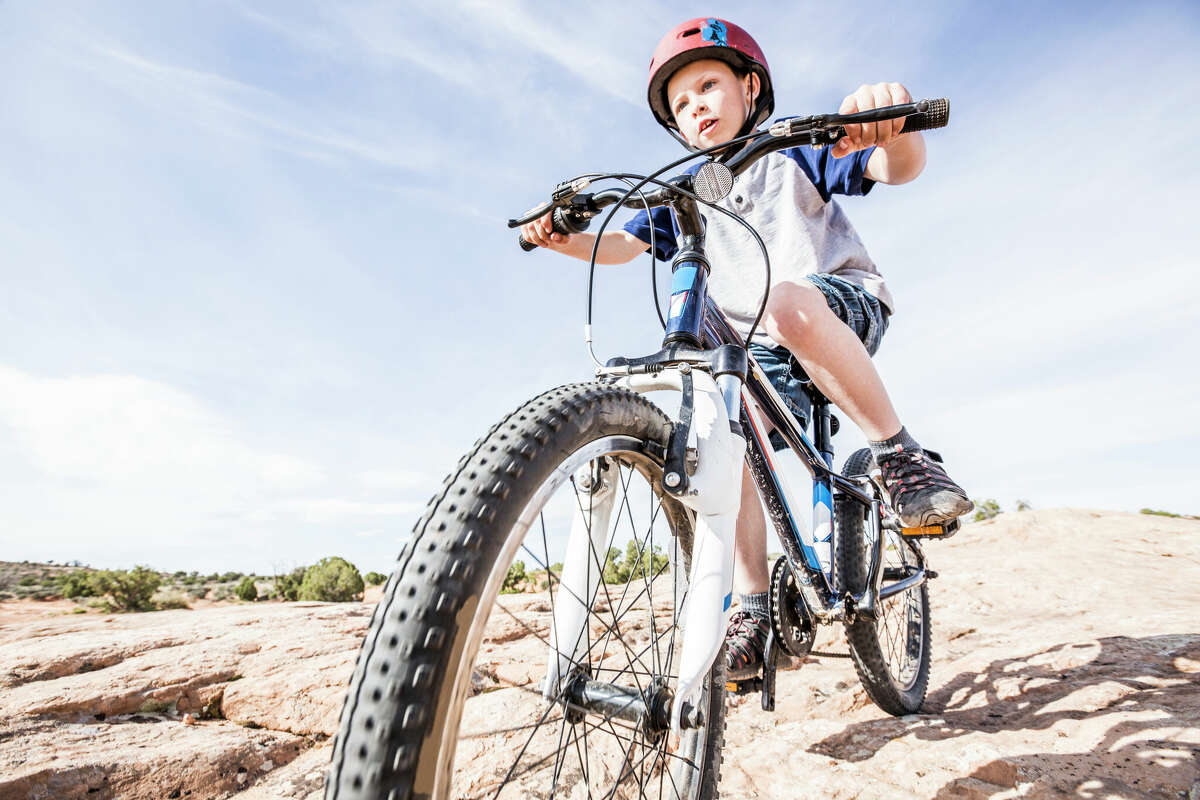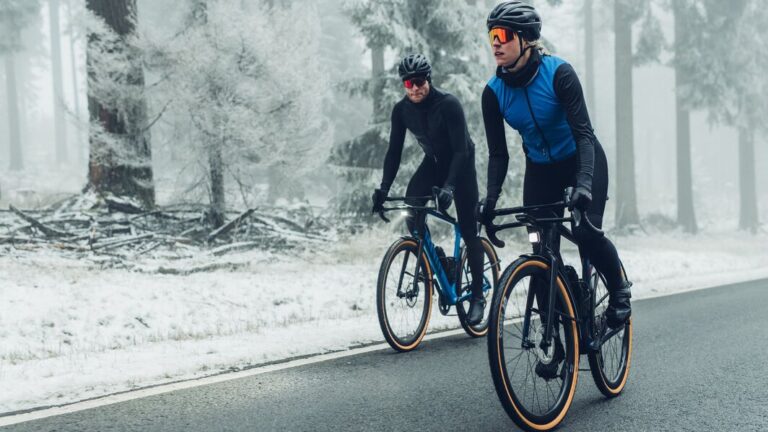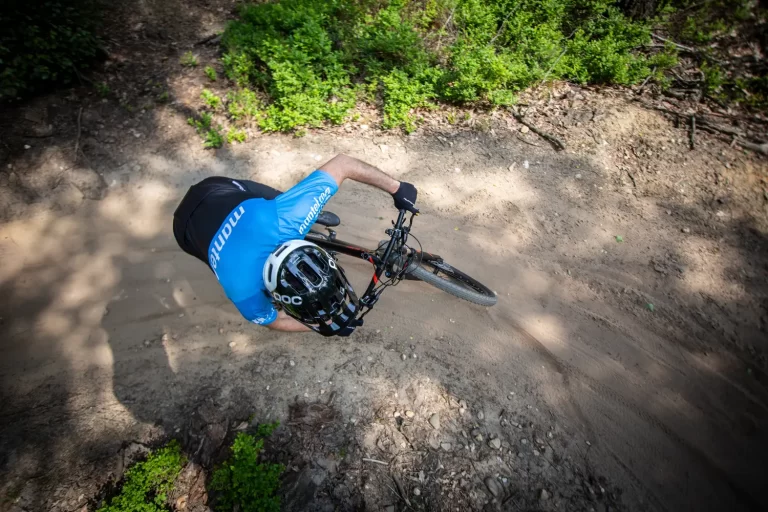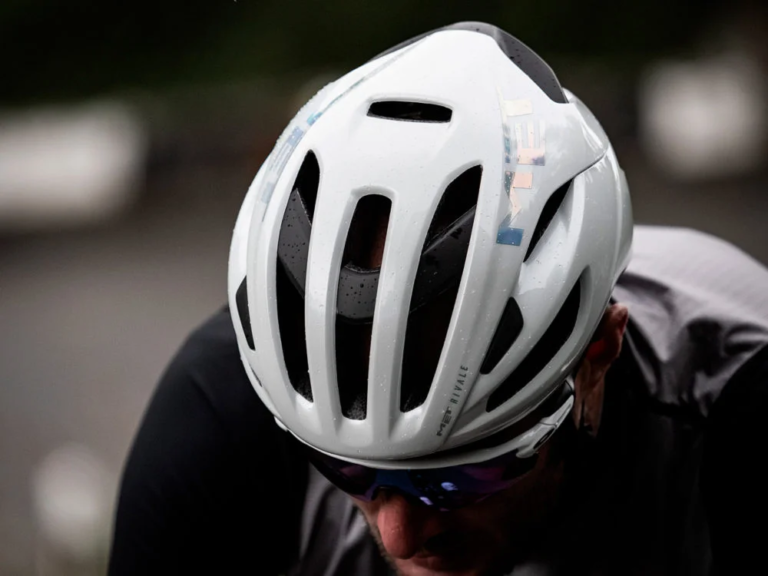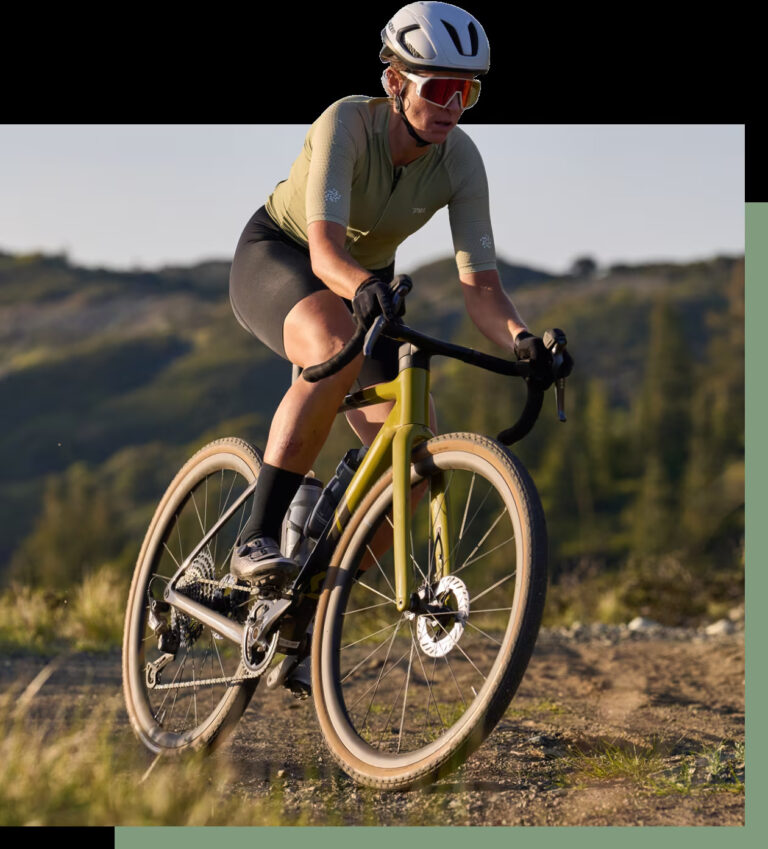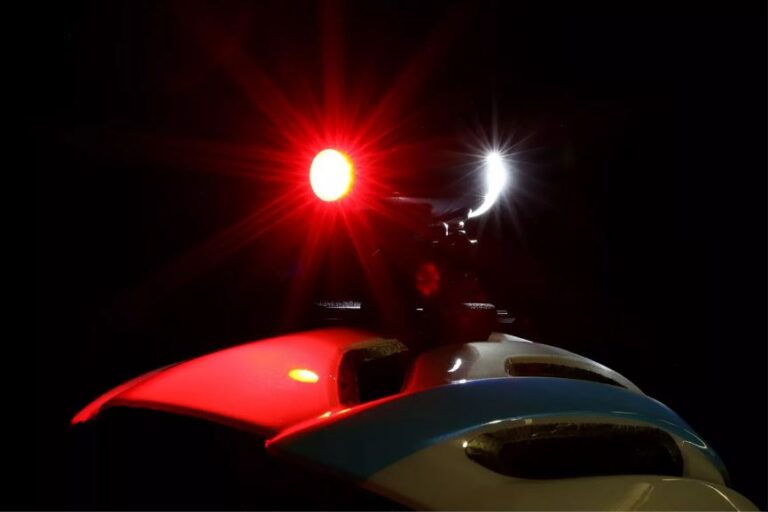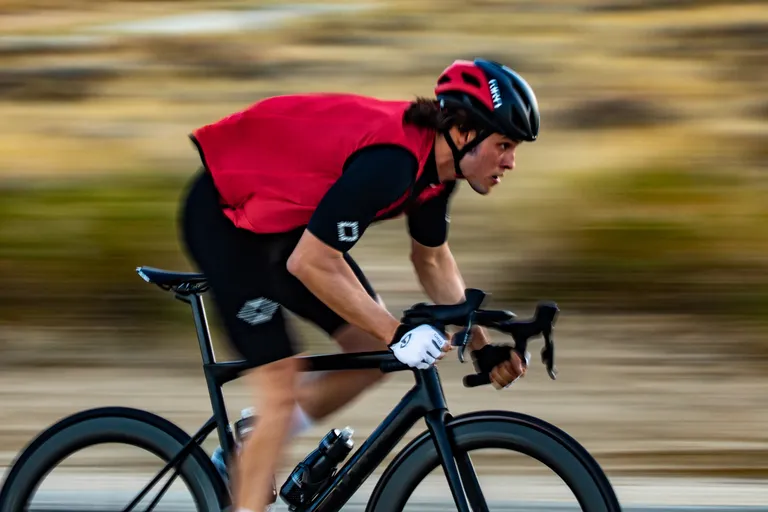Safeguarding Young Riders: Choosing a Mountain Bike Helmet for Kids
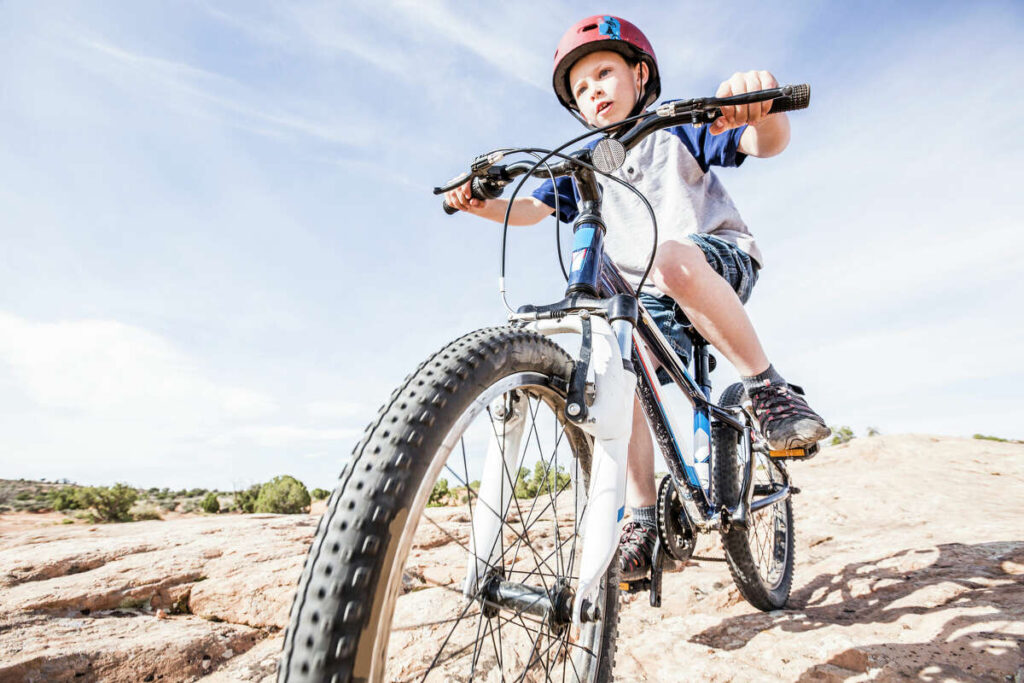
Key Point Summary of Choosing a Mountain Bike Helmet for Kids:
- Safety Certification: Ensure the helmet meets safety standards specific to biking.
- Proper Fit: A helmet must fit snugly to effectively protect.
- Ventilation: Adequate airflow is crucial for comfort on the trails.
- Adjustability: Look for helmets with adjustable sizing systems to accommodate growth.
- Visibility: Bright colors and reflective elements enhance safety.
Embarking on mountain biking adventures with kids is one of the most rewarding experiences. As a seasoned cyclist who has traversed numerous trails on mountain bikes, navigated gravel paths, and competed in cyclocross races, I’ve come to appreciate the importance of proper gear for all riders, especially the youngest ones. Among the crucial pieces of equipment for young riders is the mountain bike helmet. Let’s dive into how to choose the right mountain bike helmet for kids, ensuring they’re protected and comfortable on the trails.
The Importance of a Good Fit
A properly fitting helmet is the cornerstone of safety. For children, this is even more critical as their enthusiasm often leads them into varied and unexpected situations on the bike. The helmet should sit level on the head, covering the forehead without obstructing vision, and should not move when your child shakes their head. An adjustable fit system, common in many youth helmets, allows for fine-tuning the fit, accommodating growth over time.
Safety First
When selecting a mountain bike helmet for kids, the first box to tick is safety certification. Look for helmets that meet established safety standards, such as CPSC in the United States, ensuring they’ve been tested for impacts. Some helmets also feature additional safety technologies like MIPS (Multi-directional Impact Protection System), offering extra protection against rotational forces during a fall.
Keeping Cool on the Trails
Ventilation is key to keeping young riders comfortable, especially on warm days or challenging trails. Ample venting allows for better airflow, preventing overheating and keeping the ride enjoyable. This is an area where it’s worth looking at adult helmet features for inspiration, as well-designed airflow systems can make a significant difference in overall comfort.
Visibility and Style
Let’s face it, kids are more likely to wear a helmet willingly if they like how it looks. Bright colors and fun designs can make the helmet appealing, but they also serve a practical purpose by enhancing visibility on the trail. Reflective elements and the option to attach lights can further improve safety, especially in low-light conditions.
Weight and Durability
A heavy helmet can be a burden on young necks, potentially affecting their ability to control the bike. Lightweight materials can prevent fatigue and encourage longer more enjoyable rides. Durability is also a factor, as kids’ gear often takes a beating. Look for helmets made from tough materials that can withstand bumps and scrapes.
Additional Features
Some kids’ MTB helmets come with additional features that can be beneficial:
- Detachable visors offer protection from the sun and debris.
- Insect mesh in the front vents can prevent bugs from getting into the helmet.
- Integrated LED lights enhance visibility for those late-afternoon rides.
Making the Choice
Choosing the right helmet involves balancing these factors with your child’s specific needs and preferences. Take them with you when shopping for a helmet, allowing them to try on different models for fit and comfort. Listening to their feedback on what feels good and what doesn’t is crucial in finding a helmet they’ll be happy to wear every ride.
Choosing a Mountain Bike Helmet for Kids: In Conclusion
Selecting the right mountain bike helmet for your child is a process that requires consideration of safety, comfort, and, let’s not forget, a bit of style. With the right helmet, you can rest a bit easier knowing they’re better protected as they explore the trails and develop their skills. Remember, the goal is not just to keep them safe but to foster a love for mountain biking that can last a lifetime. By prioritizing the fit, safety features, and comfort of their helmet, you’re setting the foundation for many happy rides together.
Here are some top brands known for producing high-quality kids’ mountain bike helmets, each with models that stand out for their features and reliability:
Giro:
Model: Giro Tremor MIPS
Why It Stands Out: The Giro Tremor MIPS combines the safety of the Multi-directional Impact Protection System (MIPS) with a design tailored for young riders. It offers an adjustable fit system, ensuring the helmet grows with your child, and has excellent ventilation.

Bell:
Model: Bell Sidetrack II MIPS
Why It Stands Out: Known for its durability and added protection with MIPS technology, the Bell Sidetrack II also features a snap-in visor and a dial-adjustable fit system. It’s designed to offer a comfortable, secure fit for young riders on the trails.

Specialized:
Model: Specialized Mio MIPS
Why It Stands Out: Ideal for younger kids, the Specialized Mio MIPS comes with a magnetic buckle for easy on and off, even for small hands. The helmet includes MIPS for additional brain protection and is designed with a focus on comfort and safety.

POC:
Model: POC POCito Omne SPIN
Why It Stands Out: POC integrates its SPIN (Shearing Pad INside) technology for added protection against oblique impacts. The POCito Omne is specifically designed for visibility, with bright colors and reflective materials, making it an excellent choice for safety-conscious parents.

Fox Racing:
Model: Fox Racing Youth Rampage
Why It Stands Out: For kids venturing into more aggressive riding or downhill, the Youth Rampage offers full-face protection with a lightweight design. It’s equipped with a D-ring closure system for a secure fit and is designed for comfort during extended use.

Lazer:
Model: Lazer Nut’z MIPS
Why It Stands Out: The Lazer Nut’z MIPS is lauded for its Autofit® system, which automatically adjusts to the rider’s head, ensuring a perfect fit without the need for manual adjustments. It also includes MIPS for enhanced safety.

FAQ
How do you choose a bike helmet for a child?
Measure your child’s head circumference to ensure a proper fit. Look for helmets with adjustable sizing for a snug fit as they grow. Prioritize helmets with safety features like MIPS, good ventilation, and durability. Consider a helmet that your child likes to encourage them to wear it consistently.
What kind of helmet is best for kids?
A lightweight, well-ventilated helmet with an adjustable fit system and additional safety features like MIPS (Multi-directional Impact Protection System) is best. Ensure it meets safety standards like CPSC for biking.
What size helmet does a 7 year old need?
Helmet sizes vary by brand, but a 7-year-old typically needs a size small or medium, usually fitting head circumferences between 52-56 cm. Always measure your child’s head and consult the brand’s sizing chart for the best fit.
Should kids have MIPS helmets?
Yes, kids should have MIPS helmets if possible. MIPS technology offers added protection against rotational forces in an impact, potentially reducing the risk of brain injuries. Safety should always be a priority when selecting a helmet.
